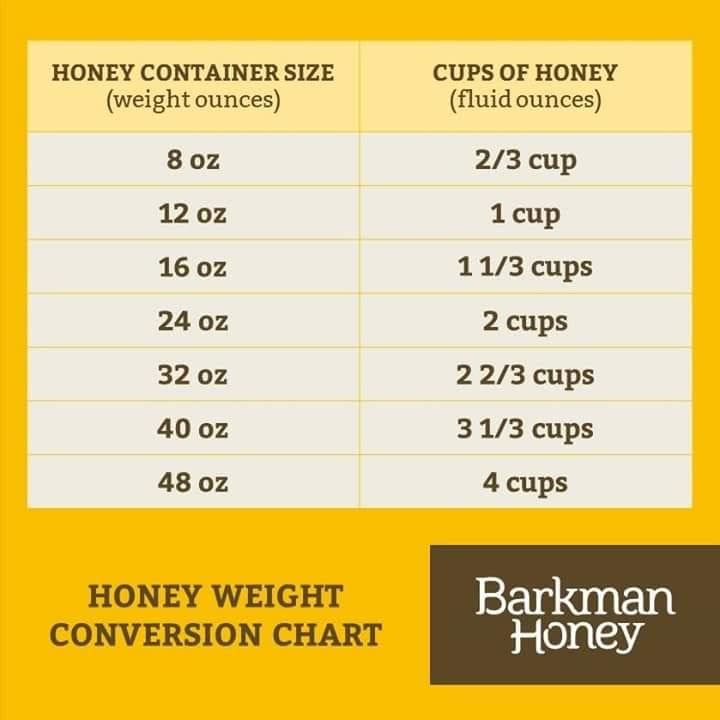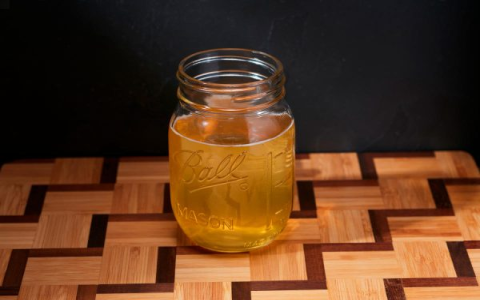Okay, so I got into this whole honey weight thing recently. It started because I kept looking at honey jars in the store, and sometimes one jar looked bigger but weighed the same as a smaller one, or vice versa. It was kinda confusing when I was trying to figure out recipes too, like how much honey I actually had.
I remembered hearing somewhere that honey isn’t like water. It’s heavier, denser stuff. They sell it by how much it weighs, not by how much space it takes up, like liquid in a measuring cup. So, that ‘fluid ounce’ mark on a measuring cup isn’t the same as the ‘ounce’ weight on the honey label. That was the main thing messing me up.

Getting Started with Weighing
So, I decided to figure it out myself, just for my own use. I got out my kitchen scale – nothing fancy, just a basic digital one. Then I gathered up all the different honey containers I had in the cupboard:
- A standard glass jar
- A squeezy plastic bear bottle
- An older, bigger jar from a local farm
The Actual Process
First, I weighed an empty jar to know its weight. Then I filled it with honey and weighed it again. Subtracted the jar’s weight, and boom, that’s the net weight of the honey. I did this for each container.
Then, just to see the difference clearly, I took a standard measuring cup. I poured water into it up to the 8 fluid ounce mark. Weighed that (after subtracting the cup weight, of course). It was pretty close to 8 ounces in weight. But then I did the same with honey. Poured honey up to the 8 fluid ounce mark, weighed it… and yep, it weighed way more than 8 ounces. Definitely denser.
I started jotting down notes. Like, how many fluid ounces were actually in my 1 lb (16 oz weight) jar of honey. It wasn’t 16 fluid ounces, more like around 11 or 12 fluid ounces by volume.
Making the Simple Chart
After weighing a few different jars and seeing the pattern, I decided to make a quick reference chart. It’s super basic, nothing professional. Just a piece of paper I stuck inside my kitchen cabinet door.
It lists common honey weights I see on labels (like 8 oz, 1 lb, 2 lb) and my rough estimate of how many fluid ounces (like in a measuring cup) that actually is. I also noted the type of container sometimes matters because of how much space is left at the top.
It’s really just a practical thing for me. Now when I buy honey or look at a recipe calling for a cup of honey, I have a better idea of how much weight that actually is, or how much of the jar I’ll be using up. No more guessing wrong based on the size of the jar alone. It just helps manage my pantry and cooking better.














